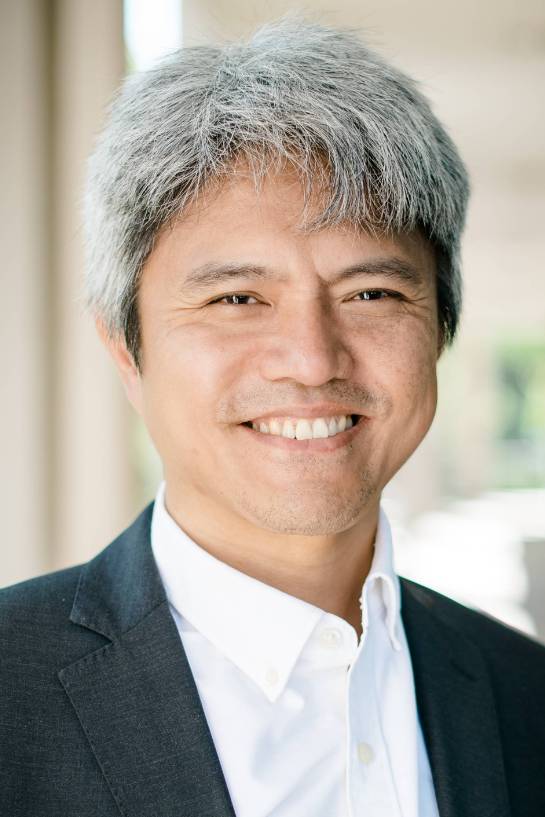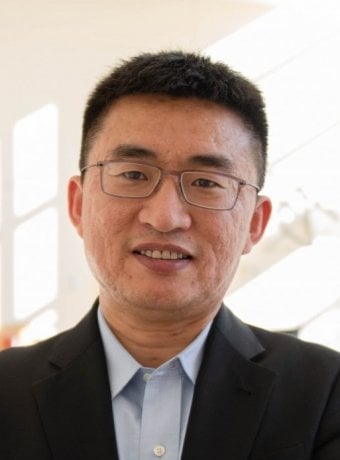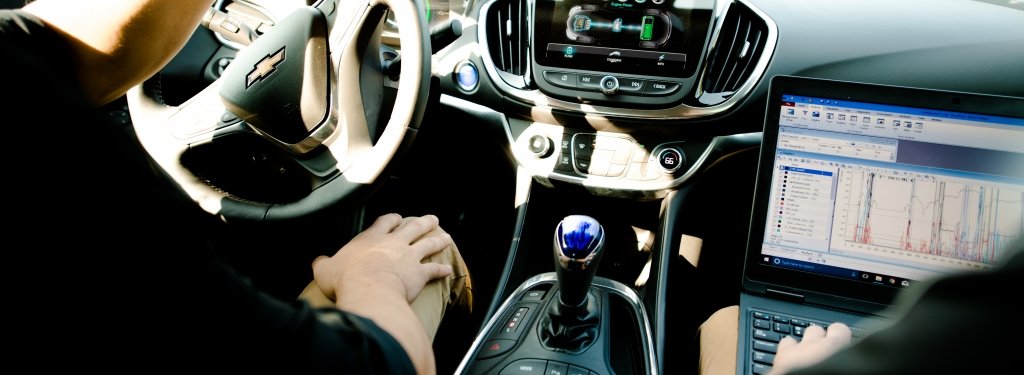What do energy usage in buildings and traffic congestion have in common? Crowdsourcing.
Sometimes an outside perspective is all it takes to tackle a problem in an innovative way. And inferring electricity usage in a building without using a meter could be as simple as correlating average occupancy at a given time.
Measuring electricity consumption can be time-consuming or require installing expensive equipment that requires regular updating. In comparison, transportation engineers only occasionally use sensors to measure exact numbers of vehicles on a given stretch of road, preferring to infer route usage instead.
About the Researcher
Chee-Wooi Ten, associate professor of electrical and computer engineering, and Kuilin Zhang, associate professor of transportation systems and computer science, both at Michigan Technological University, put their heads together to create an interdisciplinary approach to model electricity usage using inference and correlated occupancy information.
Additionally, using the researchers' methods in the context of COVID-19, the quasi-online correlation between occupancy within a specific location and electricity consumption at home may infer a shifting load of stay-at-home individuals. In the bulk power system, research suggests there is a significant reduction of electricity loads in the communal spaces — office buildings and entertainment and shopping districts — in a region.
More specifically, these studies can be used to determine if societal conformity with national recommendations to stay home to flatten the curve is occurring. As most people own a smartphone today, aggregated spatial information connects to individuals. At this critical time, the reliability of power delivery to individuals is vital to those who stay and work from home. This information could be vitally important to infer and improve the quality of life at home.
Ten and Zhang published “Establishment of Enhanced Load Modeling by Correlating with Occupancy Information” in the journal IEEE Transactions on Smart Grid together with coauthors at Michigan Tech, the Global Energy Interconnection Research Institute North America and the School of Technology and Engineering at the University of Washington-Tacoma.
The paper proposes a statistical approach — a regression model that correlates occupancy within physical proximity and associated loads to generate a time-dependent model — to establish the correlations between estimated occupancy of buildings based on simple sensors we all carry in our pockets — cell phones.
“If there are no people involved, there is most likely no electrical load,” Ten said. “Streetlights have a constant value. Traffic lights, too. But in shopping malls, factories and houses, you characterize the consumption behavior based on when people are there. Based on the number of occupants in a building, we can infer electricity consumption and build a profile of that, so we don’t necessarily put a meter in to measure the power.”
Grants and Funding
National Science Foundation projects 1541000 and 1538105, State Grid Corporation Technology project 5455HJ180018.
Ten noted that he was able to model electric usage for the Electrical Energy Resources Center (EERC), a multistory academic building on the Michigan Tech campus, based on class enrollments and class times. Another way to infer occupancy in buildings can be based on cell phone locations and from devices on the Internet of Things (IoT), much the same as how Google or the app Waze acquires real time traffic data from cell phones to infer congestion on roadways.
About the Researcher
“Smart and connected devices, such smartphones and connected vehicles, have been widely used as crowdsourced sensors to collect individual trajectory data to understand human activity and travel behavior at each location and road along the trajectory,” Zhang said.
The length of time a person (estimated from their smartphone or vehicle data) spends at a given location provides occupancy data that can be used to understand load patterns on the power grid.
Ten notes that by using statistical correlations, utility companies could stand to save on installing meters, a significant upfront investment. For occasional meter readings in person, companies could use temporary smart meters to check against the correlations.
“Because of cell phones, which can be cloud sourced, the way traffic congestion is tracked has changed,” Ten said. “How you see a problem is how you understand the problem. We are coming at this problem from an interdisciplinary angle in a way that could be disruptive, not incremental.”
Future research includes using block-by-block occupant data (rather than by individual household) to estimate between different power distributions, how much power will flow through and how many occupants based on time of day.
Michigan Technological University is a public research university founded in 1885 in Houghton, Michigan, and is home to more than 7,000 students from 55 countries around the world. Consistently ranked among the best universities in the country for return on investment, Michigan’s flagship technological university offers more than 120 undergraduate and graduate degree programs in science and technology, engineering, computing, forestry, business and economics, health professions, humanities, mathematics, social sciences, and the arts. The rural campus is situated just miles from Lake Superior in Michigan's Upper Peninsula, offering year-round opportunities for outdoor adventure.








Comments